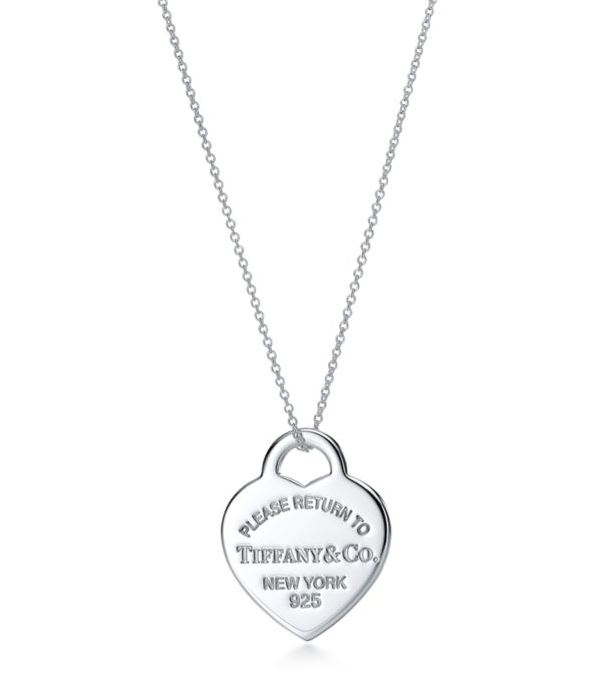Recently, a rather unusual story popped up on IDEX, involving New York based fine jewellery wholesaler Arazi “taking a stand” against lab grown diamonds and pulling all their goods from retailers who stock lab grown diamonds. In the aforementioned IDEX article, the company’s vice president, Josh Arazi, makes a pretty convincing case in favour of the move, stating that retailers who also sell lab grown diamonds are selling less of his goods, which is fair enough – consigning goods to retailers is a very expensive way to do business and therefore, you want to only consign to the best performing retailers. However, I don’t think Arazi’s actions are the problem here, rather, it is the somewhat snide comment that Arazi made, stating that he “does not wish to wait until jewelers are competing with gas stations to distance ourselves from such stores” that smacks of the elitist attitude that has always and continues to dominate the industry.
The “Pretty Woman” Effect
Perhaps the most famous example of “retail snobbery” in popular culture is from the 1990 film Pretty Woman. The famous scene sees the actor played by Julia Roberts walk into a luxury boutique dressed in scruffy clothes, only for the saleswoman to say: ‘I don’t think we have anything for you here. You’re obviously in the wrong place.’ The actor then returns the next day to get revenge on the snobbish saleswoman.
Whilst this attitude may have been common in the 1990s, it probably is a lot less common now, as I could only imagine the uproar, especially on social media if a jeweller refused service based on someone’s clothes, especially in a city like Perth, where some of the highest earners are those who work on the state’s mines, and are more likely to wear hi-vis clothing, rather than a nice suit.
That said, a 2014 study, claims that such snobbery makes consumers want to spend more at luxury boutiques such as Burberry or Gucci, with the study’s author stating that:
“Our research indicates they can end up having a similar effect to an “in-group” in high school that others aspire to join. The desire “to belong”…is a powerful force.”
Are Luxury Boutiques Really Luxury?
Whilst I understand the reasoning and the psychology behind the aforementioned study, I can’t help but to think that whilst so-called luxury boutiques do sell goods worth thousands of dollars, which are the realm of only the ultra-wealthy in society, they also sell a lot of items worth hundreds of dollars, which can very much be purchased by the “lowly” middle class. I think most of the drawcard of these so-called luxury brands is not their quality, but the fact that they are exclusive and can only be purchased by those in the upper echelons of society. This clearly isn’t the case anymore, which may explain a 20 per cent drop in Gucci sales last year.

Above: Is a charm made from a few grams of silver really “luxury”?
In any case, for the most part, the price paid for a piece of jewellery usually doesn’t reflect the overall value to the wearer. A piece of jewellery usually has sentimental value attached to it, and really, who’s to say that a $2,000 engagement ring means more than a $20,000 one?
The Long History of Elitism in the Jewellery Industry
Lab grown diamonds are merely the newest “outrage” sparking elitists within the jewellery industry. Over the 18 years I have been managing Jogia Diamonds, I have experienced many instances of what I would call unfounded elitism in the industry.
In the early 2000s, when online shopping became mainstream, many brick and mortar jewellers tried to convince the public that buying online was risky, that you needed to see the diamond in person before buying it and therefore, an engagement ring needed to be purchased through a brick and mortar retailer. Jewellery insurance broker, Q-Report even wrote an excellent piece of prose trying to promote this to their customer base.
Next up was the handmade vs CAD debate. This saw traditional bench jewellers claim that handmade jewellery is vastly superior to jewellery that had been cast or made with CAD/CAM, a claim that is partially true, but often blown out of proportion and one that doesn’t take into account the practicalities of designing and manufacturing jewellery. Admittedly, at the time, I weighed in on the debate, but eventually customer demand forced us, albeit slowly, from handmaking all our jewellery to making all our jewellery with CAD/CAM.
And if that wasn’t enough, for some reason, a small number of people in the industry are still peddling the line that their diamonds are better because they are manufactured in Belgium. This “country of origin” elitism simply doesn’t make sense, as most diamonds are meticulously planned and polished with the aid of machines, therefore, the idea that you need a “skillful cutter” to cut a nice diamond simply isn’t true. Besides, most diamonds sold in Belgium are not cut in Belgium, but are more likely to be cut in India.
Above: Are diamonds from Antwerp that superior?
The Economic Reality Sets In
It seems that with anything new in the jewellery industry, whether it be online shopping, CAD/CAM, or lab grown diamonds, jewellers are initially skeptical of it, downplay it, and form an elitist attitude against it. However, as history has taught us with online shopping and CAD/CAM, it is consumer demand that eventually trumps these elitist attitudes, causing jewellers to face the economic reality of such attitudes, with most being forced to adopt the new technologies.
Whilst I feel lab grown diamonds are still yet to find their position in the market, many fine jewellers now sell them, and I feel that they won’t be disappearing from these stores any time soon.